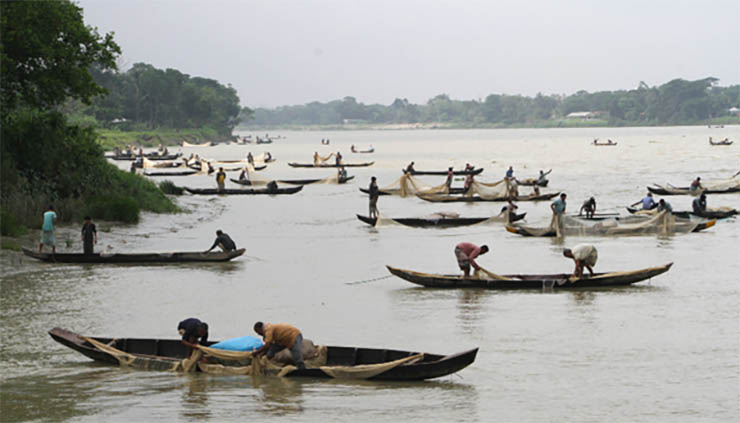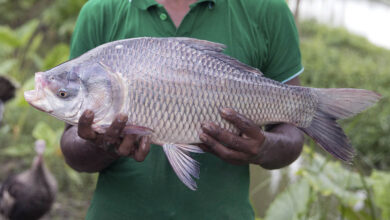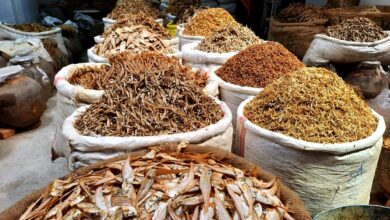
Soil mining from the bank of the Halda River in the Fatikchhari Upazila of Chattogram continues unabated, threatening the world’s sole natural fish breeding ground.
One of the most well-known fish spawning sites in the nation is the Halda River. Numerous fish species, including Rui, Katla, Mrigel, and Kaliboush, have been spawning in the river—a marvel of nature—since the beginning of time. The river is unique in that it is the lone tidal river in the entire world where fertile fish eggs may be harvested directly.
On December 22, 2020, the Bangladeshi government declared the Halda River, South Asia’s only natural fish spawning hub, as Bangabandhu Fisheries Heritage. Due to the utmost importance of the river, the government also imposes some bans on fishing activities.
However, the removal of soil from the Halda raises concerns about whether officials in authority have the ability to halt the soil cutting. This might be due to political pressure or since (authorities) pamper them through shady dealings. Some prominent individuals are involved in the illicit soil-cutting procedure. As a result, the river bank is eroding at an alarming rate, potentially causing erosion. The vested interest group is also levelling hills and hillocks near the Halda River. Many people are cutting the soil in the neighborhood at night.
At night, influential individuals transport soil from the riverbank to nearby brickfields with the assistance of the local authority. Furthermore, the heavy black smoke emitted by the brickfields disrupts the natural balance.
However, if soil extraction from the riverbank continues, it will be extremely difficult to ensure healthy fish spawning. Because this process has the potential to alter the river’s water quality, threatening aquatic life.
Unregulated brood fish hunting is also a big threat to the river’s environment, as it depletes the Halda parent fish community.
All of these risks have already claimed their toll. HRRL reports that the Halda is home to 76 finfish species from 24 families. Five of these species have disappeared from the river: the humped featherback, banded baril, sucker head, Gian river catfish, and mud perch.
Researchers reported that 21 other fish species are currently absent, but more research is needed to establish whether they, too, have become extinct. The missing species are the herring, scaly hairfin anchovy, teli phasa, dhela, depalee, silver hatchet, butter catfish, and Silond catfish. So it’s simply a matter of time until more fish species become extinct.
The Halda River’s significance to the ecosystem and the regional economy cannot be overemphasized. To protect such an essential and historic river, it is critical to reduce all human intervention and leave the river to run freely. Cutting bends, taking soil from the banks, mining sand, and dredging are all activities that should be prohibited.
Furthermore, government officials must take prompt action to stop dirt cutting from the Halda River bank and hold those responsible accountable. To protect the fish breeding sanctuary, the local administration and fisheries department must provide all necessary help and oversight.
Jaber Bin Abdul Bari
Department of Oceanography, NSTU




